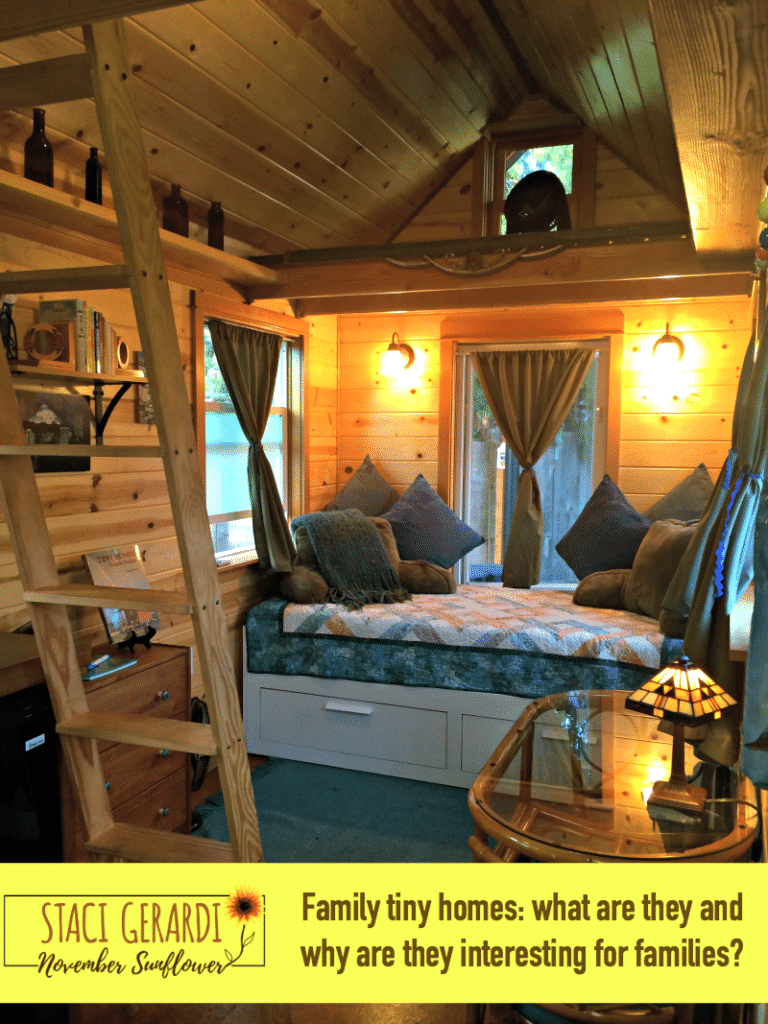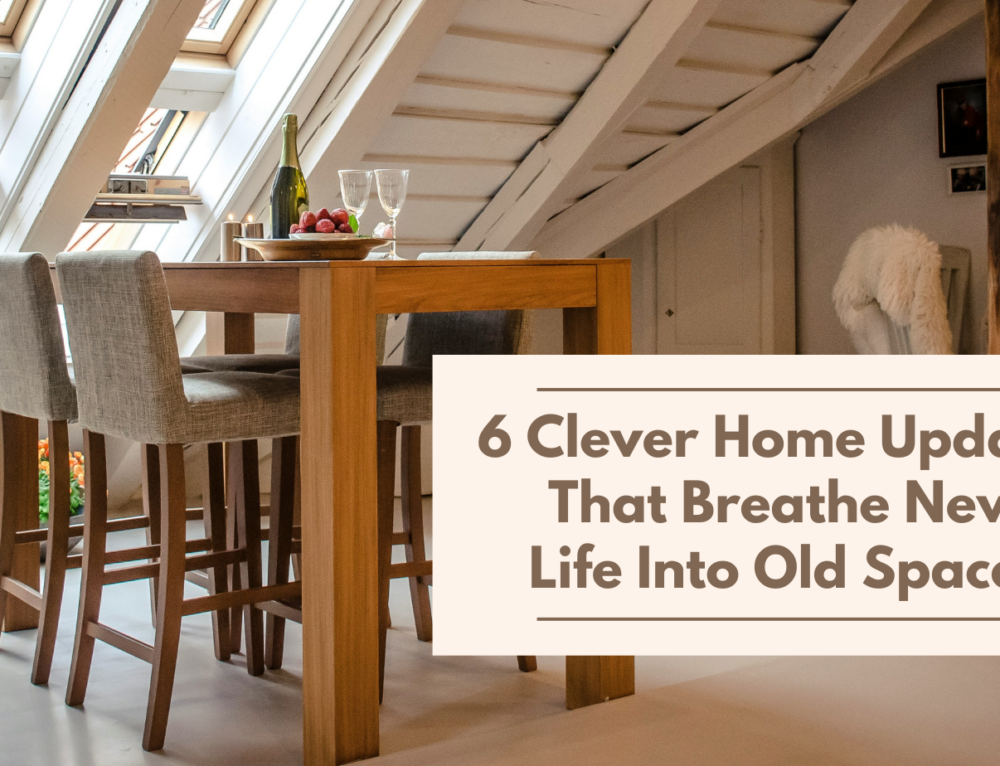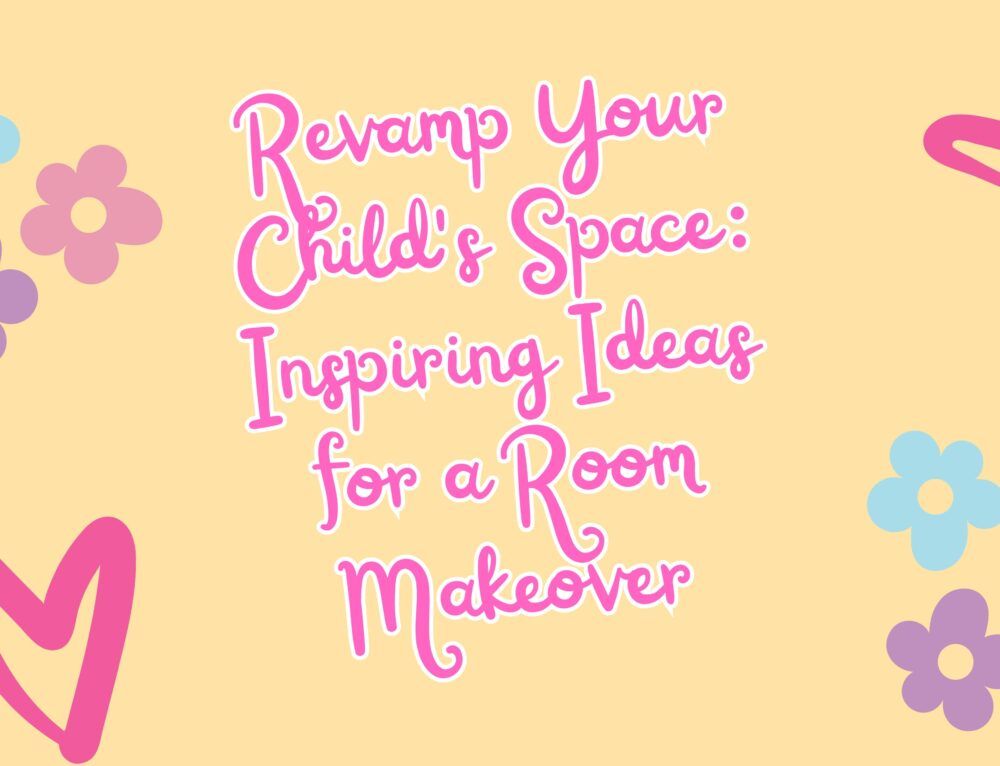When starting a family, most people think of moving into a big space. Family tiny homes, on the contrary, are becoming as popular as when apartments first appeared on the market. They are erasing the concept of big rooms, and interior walls. Instead, families replace big rooms with with a small, warm space. Tiny homes work on the concept of functionality. One room can be used for both sleeping, and eating, depending on the design!
Family tiny homes: what are they and why are they interesting for families?
There’s no official way to design this type of home. Design depends on a family’s needs, and wishes. Gone are the ideas of two floors, numerous rooms, corridors and a huge backyard.
So, what size is a tiny home, anyway?
There’s no consensus on how tiny, tiny homes are. Most people agree tiny homes, even family tiny homes, are under 1,000, or even 400 square feet. To put things in perspective, an average home for a family of four is estimated to be ~2,600 square feet.
Benefits of owning a tiny home
One of the benefits of tiny, family homes: they’re mobile. Owners can easily attach them to a vehicle and take the home on a vacation! How cool never having to leave the comfort of their home. If a family wants to live off the grid, it can equip a tiny home with a solar panel, as well as a rainwater collector.
A huge benefit of a tiny home: they’re cheaper than traditional homes. Family tiny homes usually cost between $19,000 and $50,000, depending on the style, size and build.
Tiny homes are extremely eco-friendly. When living in a tiny house, you make the most out of what you’ve got! You’ll seek to use, and re-use, anything you can. Salvaged materials can add a touch of charm to your home, making it unique, and a reflection of the owner’s character. Although most tiny-home-owners prefer installing their own solar panel system, backed up with a rainwater collector, it’s not required. Even if you don’t, you will be saving huge amounts of money, simply because your home requires less power than a traditional house.
One of the main benefits of deciding to live in a tiny home is finally learning what’s important in life. By living in a tiny home, a family will discard everything unnecessary for their house; spend less time cleaning, and organizing huge spaces; and, spend more time outdoors.
Possible downsides to living in a tiny home
If there is a family of two, three or four living in a tiny home, the space has to be carefully altered so all the needs of all the tenants are met. The biggest problem a family will face is the lack of privacy, and having to constantly ponder over what will fit inside a house.
Ideas on how to make the most out of a tiny home
To minimize the need to buy new things, the best thing a family can do is get rid of their TV. A laptop is a modern day TV. Seriously, you can access basically any TV channel via the Internet, rendering the TV unnecessary.
A family can also make complete use of their storage space by installing features that have multiple purposes, and by keeping an open mind.
Adding a lot of bright colors to a home can make family members feel full of energy, while a lack of space can spark creativity in finding solutions on how to arrange, as well as shift interior space; how to use furniture for more than one purpose; and, how to change the interior according to their needs.
About the Writer: Katarina is a DIY housing and home improvement writer who currently writes for Reilly Roofing and Gutters (Reilly Roofing)








